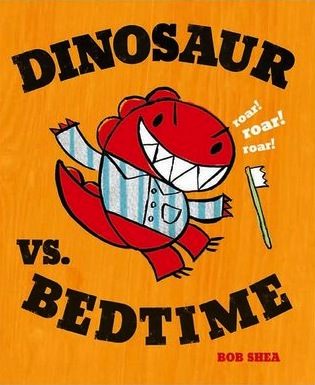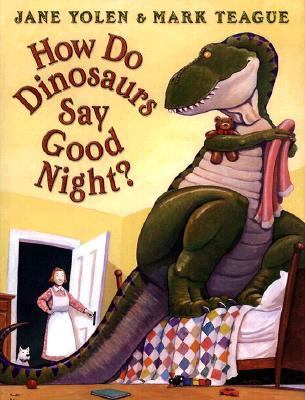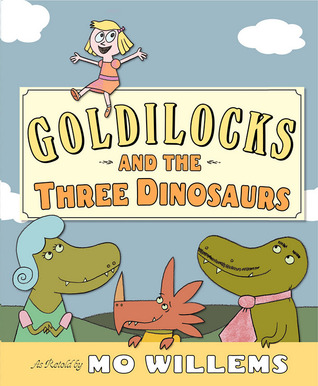It’s a scene familiar to parents, teachers, guardians, what have you. A small child poring over a book about massive, voracious, clawed killers. If blood is dripping from their jagged teeth, all the better. And rather than horrify us, the scene gives us a strange sense of comfort. Awww. The childhood dinosaur phase! How cute!
Indeed it’s such a familiar scene that I think a lot of us forget how weird it is in the first place that children even like dinosaurs. How did these beats find their way into so many children’s hearts?
 Consider, if you will, the fact that what we are talking about here are ancient creatures that no child will ever see in real life. They are mere bones in museums with long Latin names that seemingly would bore a kid to tears. When American paleontologists of the 19th century engaged in their infamous bone wars for fossils, one has to seriously doubt that they spent any time at all considering that the fruits of their labors would lead to dino-obsessed three-year-olds for generations to come. So how to account for it?
Consider, if you will, the fact that what we are talking about here are ancient creatures that no child will ever see in real life. They are mere bones in museums with long Latin names that seemingly would bore a kid to tears. When American paleontologists of the 19th century engaged in their infamous bone wars for fossils, one has to seriously doubt that they spent any time at all considering that the fruits of their labors would lead to dino-obsessed three-year-olds for generations to come. So how to account for it?
To my mind, the answer lies in projection. I mean think about it. In dinosaurs you have the ultimate child fantasy. They’re like dragons, but real. Sure, maybe they can’t shoot fire (that we know of) but how could any dragon compare with the visual splendor of a towering T-Rex? And since dinosaurs are the ultimate untamed entities, it makes sense the kiddos identify with them. For example, books like Bob Shea’s Dinosaur Vs. Bedtime (a brilliant piece of pro-beddy bye propaganda) exploits this feeling perfectly.
But that is not all dinos mean to kids, oh no, not at all! The sheer size of them, tamed and placed into a book, gives the child reader power over these monsters. And power, as they say, is intoxicating. Suddenly the kid is the one who can determine whether the dinosaur stays on the shelf or comes down to play. For someone small, constantly at the mercy of the adults around them, dinosaurs (which belong only to children and almost never to grown-ups) provide the ultimate in escapism.
As for books about dinos, the best ones written for kids cleverly play up the aspects that appeal to each age. On the youngest level you have toddlers and preschoolers who are more attracted to the sheer mammoth size and humor inherent in a dinosaur. For them you’d hand over Dinosaur Roar by Paul Stickland or Dinosaurs by Simms Taback. When they get a little older, your Pre-K and Kindergartners become more attracted to dinos when they act as threats.
 Maybe they’d be silly threats, like the one in Martin Wadell’s The Super Hungry Dinosaur or that brilliant and sometimes scary melding of dino and vehicle as in Dinotrux by Chris Gall. Whatever the case, these kids are the ones who also memorize the Latin names of every single solitary known dino out there. The ones who squeal with glee when they see those names reproduced in their copy of Jane Yolen’s How Do Dinosaurs Say Goodnight?
Maybe they’d be silly threats, like the one in Martin Wadell’s The Super Hungry Dinosaur or that brilliant and sometimes scary melding of dino and vehicle as in Dinotrux by Chris Gall. Whatever the case, these kids are the ones who also memorize the Latin names of every single solitary known dino out there. The ones who squeal with glee when they see those names reproduced in their copy of Jane Yolen’s How Do Dinosaurs Say Goodnight?
The greatest contribution dinos make, however, is that it turns our children, if only for a moment, into scientists. For great swaths of children, dinosaurs act like gateway drugs to various nonfiction books. A child might go from the infinitely clever “Uneversaurus” by Aidan Potts to other topics that interest them. Maybe they’ll start to delve into sharks or knights or almanacs of facts. However they go about it, suddenly nonfiction is feeding their interests like never before.
 And then, like good old Puff the Magic Dragon, dinos make way for other toys. Like most aspects of childhood, kids are expected to grow out of dinosaurs, just like they’re supposed to grow out of LEGOs or princesses or fairy wings. Seeing dinosaurs as babyish is a kind of rite of passage. Many is the child teased on the playground for still reading something as seemingly innocent (not to mention hilarious) as Goldilocks and the Three Dinosaurs by Mo Willems. As a result, you might see untold gobs of dino picture books on library and bookstore shelves, but try finding three early chapter books starring any member of the cretaceous period. In this world, kids go from Sid Hoff’s Danny and the Dinosaur practically into adulthood.
And then, like good old Puff the Magic Dragon, dinos make way for other toys. Like most aspects of childhood, kids are expected to grow out of dinosaurs, just like they’re supposed to grow out of LEGOs or princesses or fairy wings. Seeing dinosaurs as babyish is a kind of rite of passage. Many is the child teased on the playground for still reading something as seemingly innocent (not to mention hilarious) as Goldilocks and the Three Dinosaurs by Mo Willems. As a result, you might see untold gobs of dino picture books on library and bookstore shelves, but try finding three early chapter books starring any member of the cretaceous period. In this world, kids go from Sid Hoff’s Danny and the Dinosaur practically into adulthood.
But sometimes, when they think no one’s looking, they come back. They’ll play with the dino toys they handed down to little brothers and sisters. They’ll tear through Dinosaur! by Peter Sis and smother their giggles. They’ll surreptitiously read I’m Bad by Kate McMullen to their younger siblings and pretend that they’re doing it out of the goodness of their golden glorious hearts. They’d sooner die than confess that maybe, sometimes, dinosaurs can be pretty cool.
Especially the ones with the fangs and the claws and the blood.
Betsy Bird is the Youth Materials Specialist of New York Public Library. She runs the children’s literary blog A Fuse #8 Production, hosted by School Library Journal. Betsy reviews kids books for Kirkus and The New York Times on occasion. Her first picture book Giant Dance Party will be released by Harper Collins on April 23rd of this year.









